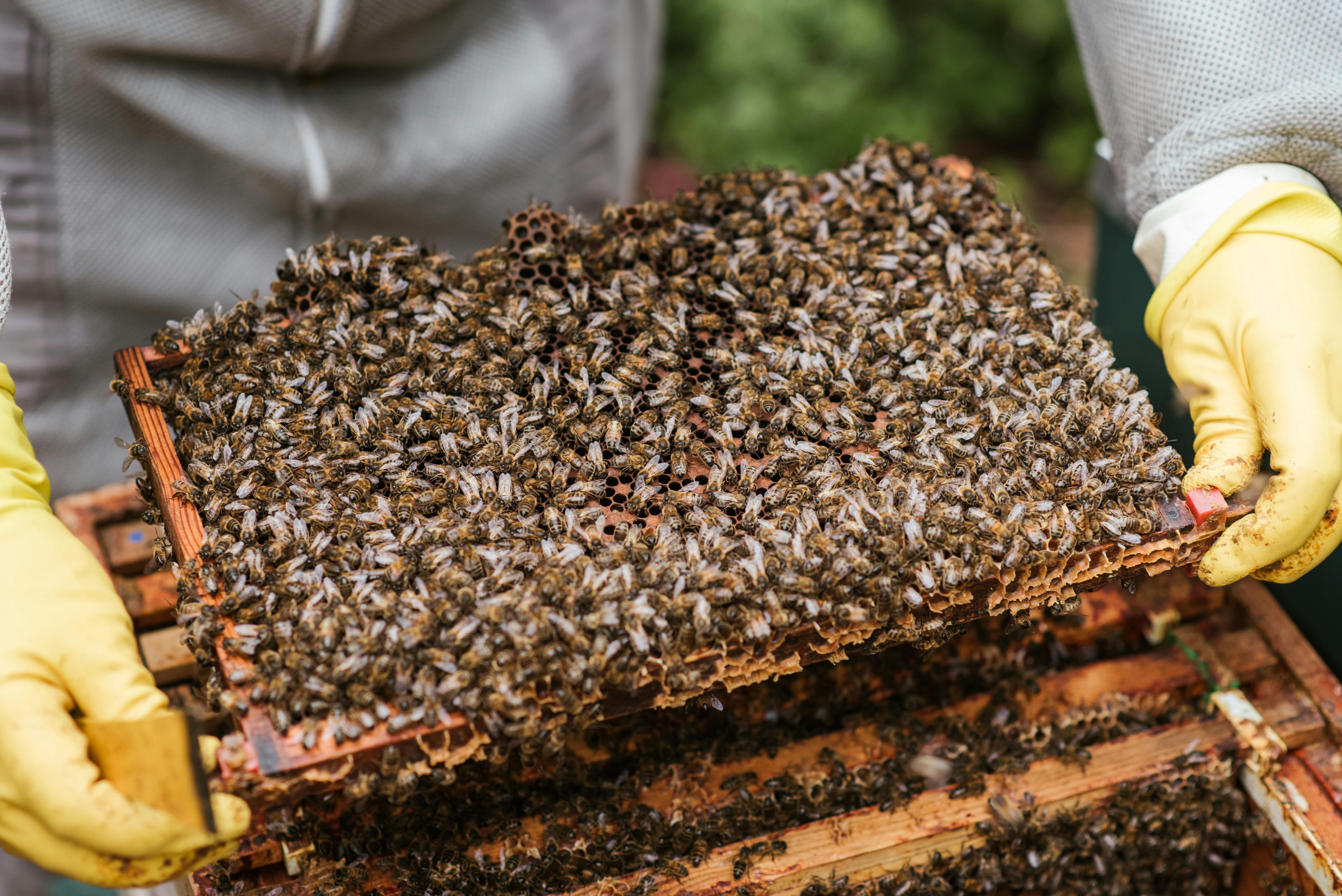Hydroponics is a way of growing plants, providing the nutrients they need to grow in water. Although no soil is used, a medium can be used for the roots to soak in and provide a constant supply of water. Such means lead us to think of hydroponic systems, which are discussed below.
There are basically 6 types of hydroponic systems, including wick, water culture, ebb and flow (also known as flood and drain), drip, nutrient film technique (NFT), and aeroponics. Although there are many variations on these 6 systems, all hydroponic methods are a combination of these 6.
The wick system
By far the simplest type of system, the wick system is a passive hydroponic system, which means it contains no moving parts. The nutrient solution is introduced into the culture medium from a reservoir with a wick.
The wick system can use various plant growing media such as Perlite, Vermiculite, Pro-Mix, and Coir, all of which are the most popular.
There is a disadvantage associated with the wick system, which is that the plants are large or that the nutrient solution can consume a lot of water, much faster than the wick system can supply it.
Water culture
Of all the active hydroponic systems, growing water is the simplest. A styrofoam system is the platform that supports the plant and floats directly on top of the nutrient solution. Air is supplied to the air stone by an air pump and thus bubbles are formed in the nutrient solution, providing oxygen to the roots of the plant.
The hydroponic water growing system is ideal for growing leaf lettuces, since they grow quite quickly through this system. However, few other plans grow well with the hydroponic water growing system.
Also, the hydroponic water growing system is very popular with teachers, as a very inexpensive system can be made with an old aquarium or airtight containers.
The biggest disadvantage of the hydroponic water growing system is that it is not suited to large or long-term plants.
Ebb and flow system
The ebb and flow hydroponic system temporarily floods the plant’s grow tray with a nutrient solution and then drains the solution into the reservoir. A submerged pump is generally connected to a timer in this system. The timer pumps the nutrient solution into the grow tray. The nutrient solution flows back to the reservoir when the time is turned off. It is set to activate multiple times a day, depending on the size and type of plant, temperature, humidity, and the type of plant growing medium used.
The Ebb & Flow Hydroponic System can be used with various plant growing media. The grow tray can be filled with gravel or granular rock wool, or with grow rocks. If individual pots are filled with the plant growing medium, it is easier to move the plants around or even in and out of the system.
The downside associated with the Ebb & Flow system is that some plant growing media, such as growth rocks and gravel, can be susceptible to power outages, as well as pump and timing failures. Consequently, plant roots can dry out quickly when watering cycles are interrupted. However, this problem can be addressed in some way by using growing substrates that store more water, as can be alleviated a bit by using growing substrates that retain more water, such as rock wool, vermiculite, and coconut coir.
Drip systems: recovery / no recovery
The most widely used type of hydroponic system in the world are drip systems. They are easier to operate and a timer controls a submerged pump. When the timer activates the pump, the nutrient solution drips onto the base of each plant from a small drip line.
There are two types of drip systems, the recovery drip system and the non-recovery drip system. In the Recovery Drip system, excess nutrient solution is accumulated back in the reservoir for reuse, while in the Non-Recover Drip system, excess nutrient solution is not collected back in the reservoir. In the recovery drip system, therefore, the timer is economical and efficient since it does not require precise control of the irrigation cycle. On the other hand, the no-recovery drip system requires a precise timer so that the watering cycles can be adjusted so that the plants get a sufficient amount of nutrient solution and there is less waste of the solution. This also means, then, that less maintenance of the non-recovery system is required, while the recovery system can have large changes in nutrient concentration levels that routinely need to be checked and adjusted.
Nutrient Technical Film (NFT)
The best known of the hydroponic systems is the Nutrient Film Technique (NFT) system. NFT systems involve a continuous supply of nutrient solution and the submersible pump does not require a timer. The nutrient solution that is pumped into the grow tray, flows over the roots of the plants and then accumulates in the reservoir.
In nutrient film technique, a culture medium other than air is generally not needed. This proves to be an inexpensive system, therefore, as there is no need to replace the growing medium. The plant is usually held in a small plastic basket and the roots hang in the nutrient solution.
NFT hydroponic systems are quite vulnerable to power outages and pump failures, and interrupting the flow of the nutrient solution causes the roots to dry out.
Aeroponic
Perhaps the most technical of hydroponic systems, aeroponic systems primarily use air to function. The roots hang in the air and receive moisture from the nutrient solution. Wetting occurs every few minutes, but because the roots hang in the air (as in the NFT system), they dry out if the wetting cycles are interrupted. In Aeroponic hydroponics systems, the control timer runs the pump for a few seconds every two minutes.

